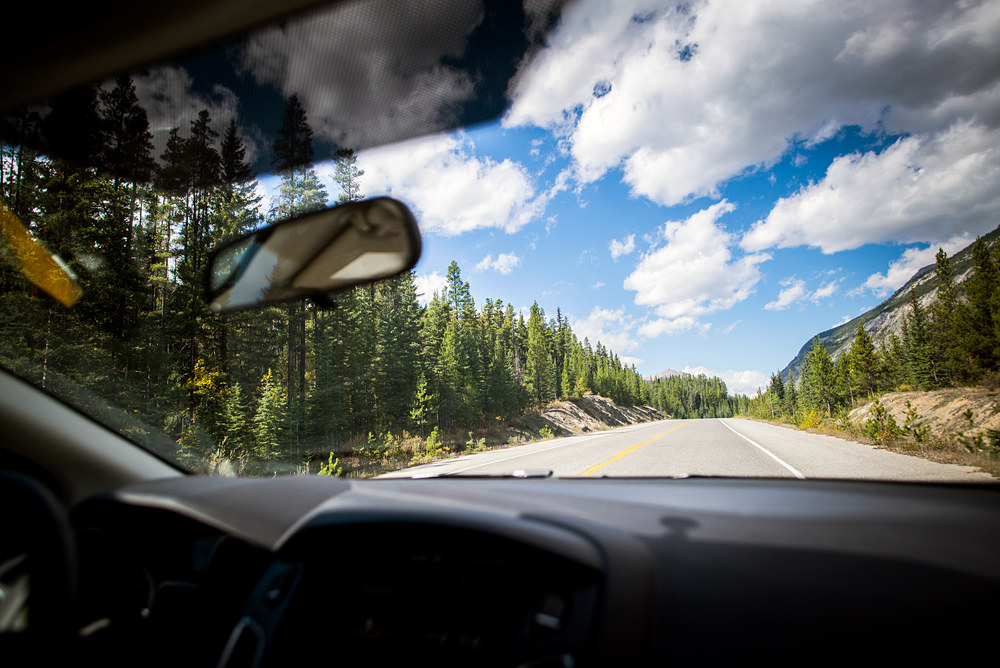- There’s a national ban on using mobile phones while driving; rules vary by province, but hands-free is usually okay.
- The speed limit varies by area: 30 km/h in school zones, 50 km/h in cities, 70–100 km/h on provincial roads, 100–110 km/h on highways; adjust for winter.
- The legal BAC limit for fully licensed drivers is 0.08, and driving with 0.08+ is a criminal offence; there is zero tolerance for impairment from drugs—cannabis is legal, but driving high isn’t.
- Traffic signals are after intersections and you can turn right on red; watch pedestrians and school buses that stop in both directions when lights flash, Pvtistes. Show more












 Français
Français English
English




0 comments
{{like.username}}
Loading...
Load more